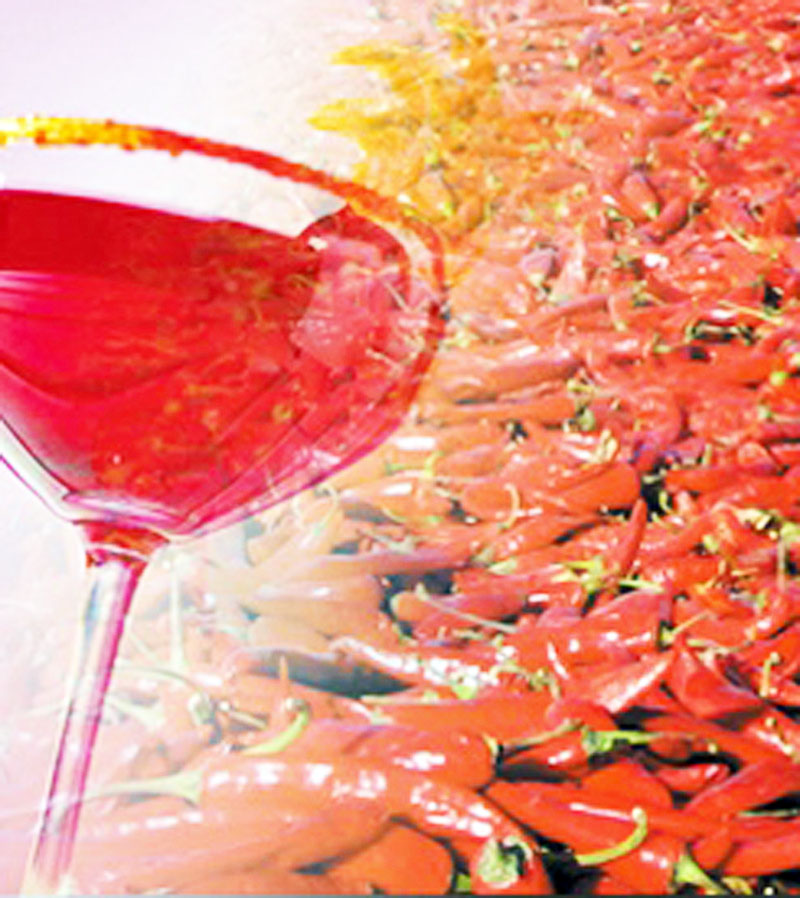- No. 268 Xianghe Street, Economic Development Zone of Xingtai city, Hebei 054001 China
- Byron@hbhongri.cn
Exploring the Benefits and Uses of Paprika in Culinary Delights
The Allure of Paprika E160c A Deep Dive into This Vibrant Additive
In the world of food additives, few substances evoke the same blend of fascination and confusion as paprika E160c. Renowned for its vibrant red color and its presence in a variety of food products, paprika E160c has become a staple in the culinary industry. This article will explore the origins, properties, uses, and health aspects of paprika E160c, shedding light on why it has earned its place in kitchens and food manufacturing facilities worldwide.
What is Paprika E160c?
Paprika E160c is a natural colorant derived from the dried fruits and pods of the Capsicum annuum plant, commonly known as sweet or mild peppers. It is classified as a food coloring additive and carries the E number E160c in the European Union. This classification is part of a systematic approach to identify food additives, designed to ensure consistency and safety in food production across member states.
The color of paprika can vary from a bright red to an orange-red hue, and this variability is influenced by the specific cultivation and processing methods of the peppers. The pigment responsible for this vibrant color is primarily carotenoids, particularly capsanthin and capsorubin, which are well-known for their antioxidant properties.
Uses in Food Industry
Paprika E160c is celebrated not just for its aesthetic appeal but also for its versatility in the food industry. It is commonly used to impart a bright red or orange hue to a range of products, including sauces, soups, snacks, and meat products. For instance, you might find it in familiar items such as ketchup, barbecue sauces, or even in the bright color of chorizo sausage.
Moreover, its role extends beyond mere coloring. The unique flavor profile of paprika can enhance the taste of a dish, adding a mild, sweet, or sometimes smoky note, depending on the type of paprika used. Because of these properties, food manufacturers often prefer natural colorants like paprika E160c over synthetic dyes, aligning with consumer demand for clean-label products that prioritize natural ingredients.
Health Benefits and Concerns
paprika e160c

Paprika E160c is not just a mere coloring agent; it boasts various health benefits attributed to its natural composition. The carotenoids in paprika are known for their antioxidant properties. Antioxidants play a vital role in neutralizing harmful free radicals in the body, potentially reducing the risk of chronic diseases.
Moreover, paprika contains essential vitamins such as vitamin A, vitamin E, and several B vitamins, alongside important minerals. These nutrients contribute to overall health, supporting immune function, skin health, and vision.
However, some concerns have been raised regarding the use of paprika E160c, particularly for individuals with allergies or sensitivities to certain peppers. Although adverse reactions are rare, it's essential for consumers to read labels carefully and be aware of their dietary limitations.
Culinary Versatility
From a culinary perspective, paprika E160c shines as an ingredient that can complement a variety of dishes. In Mediterranean cuisine, it is often a key ingredient in spice blends such as ras el hanout and is used generously in dishes like paella. In Central European cooking, particularly in Hungarian recipes, paprika is a defining feature, lending depth and color to goulash and stews.
Additionally, the growing trend of home cooking and experimentation has led many amateur chefs to explore the potential of paprika in their kitchens. Adding a dash of paprika E160c to roasted vegetables, marinades, or even salad dressings can elevate flavors and enhance visual appeal.
Conclusion
Paprika E160c represents an intersection of nature and culinary art. With its rich history, vibrant color, and unique flavor profile, it stands out as a versatile ingredient in the modern kitchen. As consumers continue to lean towards natural ingredients and healthier options, the popularity of paprika E160c is likely to grow.
In exploring the journey of paprika from fields to tables, we appreciate not just its role as a colorant but as a symbol of the rich diversity inherent in our food systems. It reminds us of the connection between agriculture, culture, and the joy of cooking, making it a beloved addition to our culinary traditions. Whether used in professional kitchens or home cooking, paprika E160c brings both color and flavor, inviting all to savor its essence.
-
Turmeric Rhizome Powder: A Golden Treasure from Roots to TableNewsJul.28,2025
-
The Versatile Application Of Crushed Red Hot Peppers: Lighting Up The Red Flames On The Dining TableNewsJul.28,2025
-
The Paprika: A Touch Of Vibrant Red In Color, Flavor, And CultureNewsJul.28,2025
-
Ground Turmeric: A Modern Examination of an Ancient SpiceNewsJul.28,2025
-
Capsicum Liquid Extract: Features, Applications, and ChallengesNewsJul.28,2025
-
Application of Capsicum Liquid Extract in FoodNewsJul.28,2025







